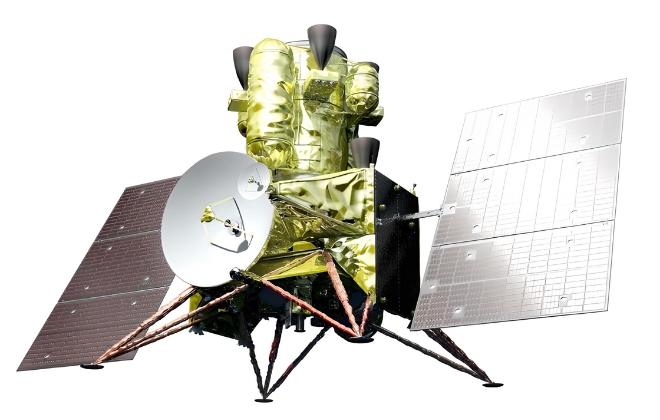Space – Beyond boundaries
The past decade has seen a resurgence of interest in the space sector and the technologies it embraces. In addition, the emergence of private players has reshuffled the deck in a sector once reserved for governments.

DOMINIQUE PALANQUE /
TECHNICAL DIRECTION – ALTEN

ELAINE ZADRE /
BUSINESS DEVELOPMENT DIRECTION – ALTEN
Does the concept of New Space signal a new era in the aerospace sector?
Dominique: Indeed, the concept of New Space (and more recently Next Space) has injected a breath of fresh air into the sector. This term describes a dynamic movement – a break with traditional models of the space industry and its applications. New Space is characterized by a more commercial approach, focused on innovation and accessibility, integrating sustainability concerns. In 2024, New Space means a heightened emphasis on the use of space technology for the protection of the Earth and for environmental monitoring. With the advancement of satellite technology, and in particular infrared telescopes and embedded sensors, we are now able to make valuable observations regardless of weather conditions.
It is also the time to deeper industrialize our models, to develop constellations of satellites, disruptive micro launchers, etc.
Next Space is the second step of this revolution, and will focus on new technologies, such as artificial intelligence, 3D printing, or eco-design to optimize the costs, to identify resources in the space and to manage debris in orbit.
Elaine: Over the past few years, the number of satellites in orbit has increased, resulting in more precise data, more services, and a higher level of reliability. For example, real-time parking space availability is now a service available to consumers.
Dominique: The security of space access and satellite trajectories in orbit have also become major concerns. Anti-collision maneuvers and debris management are integrated into software to prevent wandering in space.
What are the main developments today in the space sector?
Elaine: We’re seeing three main trends. First, with the explosion in the number of satellites, the market economy is changing significantly. There is a shift towards industrialization aimed at creating series of less expensive satellites that still provide modest yet essential services. This democratization of satellite technology is opening new opportunities for smaller companies and emerging markets.
Secondly, space exploration remains a top priority, with major projects driven by large industries and national space agencies. Initiatives such as Mars missions, lunar bases, and deep space exploration are pushing the boundaries of what humanity can achieve. These ambitious projects not only fuel scientific discovery but also inspire the next generation of scientists and engineers.
Lastly, there is a growing understanding that space innovation is crucial, not just technologically but also for military and strategic purposes. Ensuring security on Earth is increasingly dependent on our capabilities in space. From satellite surveillance to active defense systems, the role of space in national security cannot be overstated. This intertwined relationship underscores the importance of continued investment and innovation in space technologies.
What are the technologies that are contributing to the development of the space sector?
Dominique: The application of innovative technologies is key to New Space. Companies are exploiting advances in fields such as new propulsion systems, Artificial Intelligence, nanotechnology and advanced materials to push back the boundaries of feasibility. ALTEN is involved in these technological advances, which enable bolder and safer missions, at lower costs.
The use of AI, neuronal networks and machine learning is becoming more widespread in the space industry. These technologies can be embedded onboard satellites to process and analyze large quantities of data. Direct applications could include improved weather forecasts, inputs for scientific research, or optimization of space operations.
Finally, new technologies are feeding our knowledge of changes in the Earth’s environment. Data on climate trends, melting glaciers, rising sea levels and greenhouse gas emissions have contributed to more accurate modeling, enabling the prediction of future impacts and improving our understanding of the mechanisms behind climate change.
Would you say that the advancement of the space industry is at the heart of the development of our societies?
Elaine: Yes, exactly. We’re witnessing a paradigm shift in the way we think about space. More than just scientific exploration, the space industry has become a real economic driver. Today, the space industry’s advancement is impacting not just major industries but also individual consumers. Communication satellites, imaging services and space-based applications are essential to our daily lives. With increased internationalization of space data, the influence of the space industry has become ubiquitous in our economy. And thanks to innovations such as the ones Dominique has mentioned, the space sector is opening the way to new possibilities and significant advances in the observation and exploration of our world.












